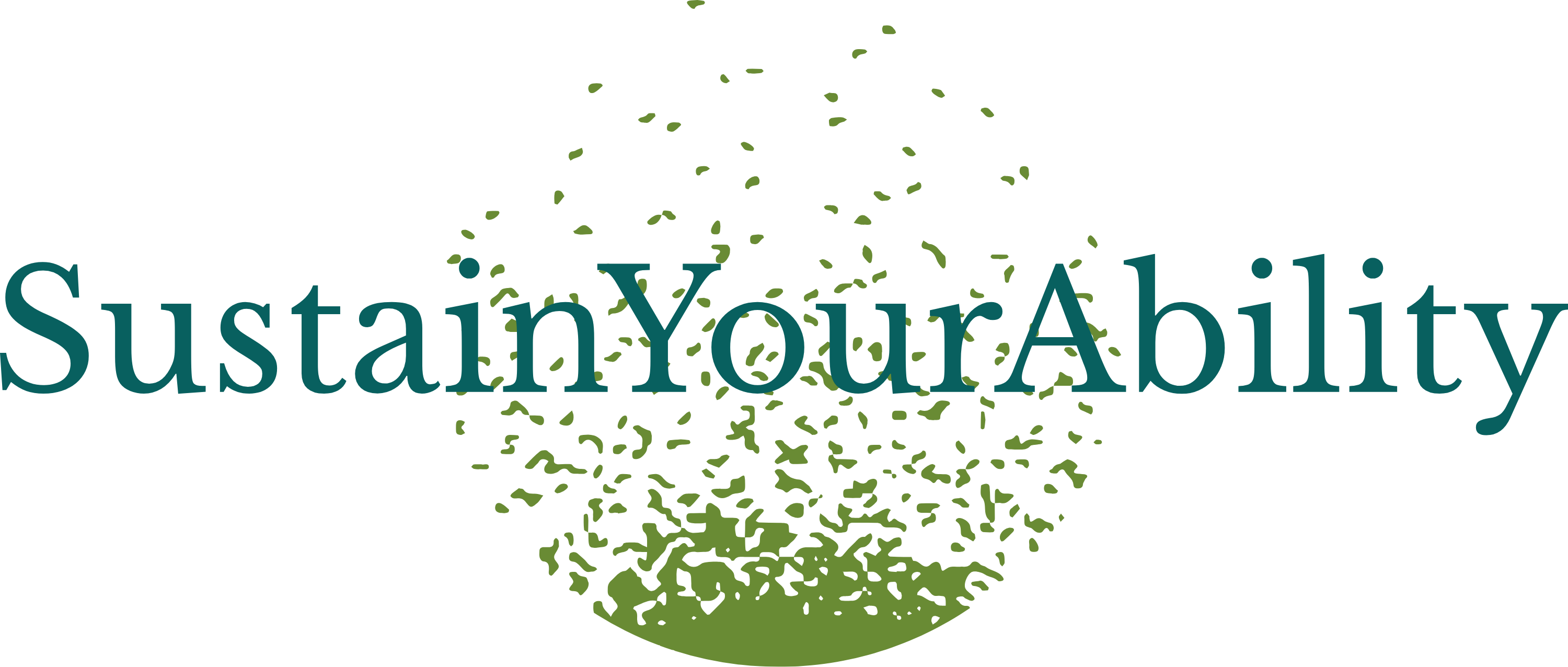The Role of Bees in Our Ecosystem
- Rodrigo Batalha

- May 19
- 3 min read
🐝 Why these tiny pollinators are crucial to the planet—and what’s at stake if we lose them.
Why Bees Matter
1. Pollination Powerhouses
Pollination is how plants reproduce—and bees are the best at it. When bees collect nectar, they transfer pollen between flowers, enabling the growth of fruits, vegetables, and seeds. Nearly 75% of our food crops and 90% of wild flowering plants rely on animal pollination, with bees doing the bulk of that work (Klein et al., 2007).
2. Supporting Biodiversity
Bees don’t just help crops—they support entire ecosystems. By pollinating wild plants, they sustain food sources for birds, mammals, and insects, contributing to biodiversity and environmental stability (Ollerton et al., 2011).
3. Boosting Crop Yields and Quality
Crops pollinated by bees produce more fruit, and that fruit is bigger, better-shaped, and tastier. Studies show apple orchards with high bee diversity yield better harvests (Blitzer et al., 2016).

🌍 Economic & Ecological Impact
1. The Value of Bees to Agriculture
Pollination services by insects are valued at $235–$577 billion annually worldwide (IPBES, 2016). Without bees, food prices would rise, and diets would become less diverse and nutritious.
2. The Cost of Decline
Bee populations are under threat from:
Pesticides (especially neonicotinoids)
Habitat loss
Climate change
Disease and parasites
Industrial agriculture
Wild and managed bee populations have been declining in many regions. In the U.S., beekeepers have seen colony losses exceeding 30% per year since 2006 (vanEngelsdorp et al., 2009).
How You Can Help Bees
✅ Plant for Pollinators
Grow native flowering plants that bloom across the seasons to provide food year-round.
✅ Skip the Chemicals
Avoid systemic pesticides like neonicotinoids. Even small amounts can damage bees’ ability to forage and navigate.
✅ Go Organic
Support organic or regenerative farms that promote biodiversity and avoid harmful chemicals.
✅ Create Nesting Sites
Wild bees often nest in soil, wood, or dead plants. Leave some natural spaces in your garden, or install a bee hotel.
✅ Support Policy Change
Encourage local and national leaders to back pollinator-friendly policies and farming practices.

Quick Facts
Fact | Details |
🌾 75% | Percentage of crops that rely on pollination |
🌸 87.5% | Percentage of wild plants pollinated by animals |
💸 $577B | Global value of insect pollination |
📉 30%+ | Annual honeybee colony loss in the U.S. |
Conclusion
Bees may be small, but their impact is massive. From feeding billions to supporting ecosystems, bees are the keystone workers of the natural world. Their decline puts our food systems, economies, and biodiversity at risk.
But there’s good news: we can help. By planting native flowers, avoiding pesticides, and supporting sustainable agriculture, each of us can be part of the solution. As sustainability advocates, educators, and citizens, we must act now to keep our planet buzzing.
References
Klein, A.-M., Vaissière, B. E., Cane, J. H., et al. (2007). Importance of pollinators in changing landscapes for world crops. Proceedings of the Royal Society B, 274(1608), 303–313. https://doi.org/10.1098/rspb.2006.3721
Ollerton, J., Winfree, R., & Tarrant, S. (2011). How many flowering plants are pollinated by animals? Oikos, 120(3), 321–326. https://doi.org/10.1111/j.1600-0706.2010.18644.x
Garibaldi, L. A., et al. (2013). Wild pollinators enhance fruit set of crops regardless of honey bee abundance. Science, 339(6127), 1608–1611. https://doi.org/10.1126/science.1230200
IPBES. (2016). Assessment Report on Pollinators, Pollination and Food Production.
Blitzer, E. J., et al. (2016). Pollinator diversity and crop pollination services are at risk from agricultural intensification. Science Advances, 2(2), e1500889. https://doi.org/10.1126/sciadv.1500889
vanEngelsdorp, D., et al. (2009). A survey of honey bee colony losses in the U.S., Fall 2007 to Spring 2008. PLoS ONE, 4(8), e6481. https://doi.org/10.1371/journal.pone.0006481
Would you like a downloadable PDF version or formatted HTML/Markdown for uploading directly to your blog?




